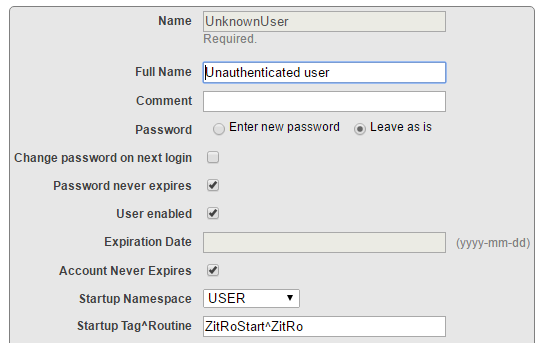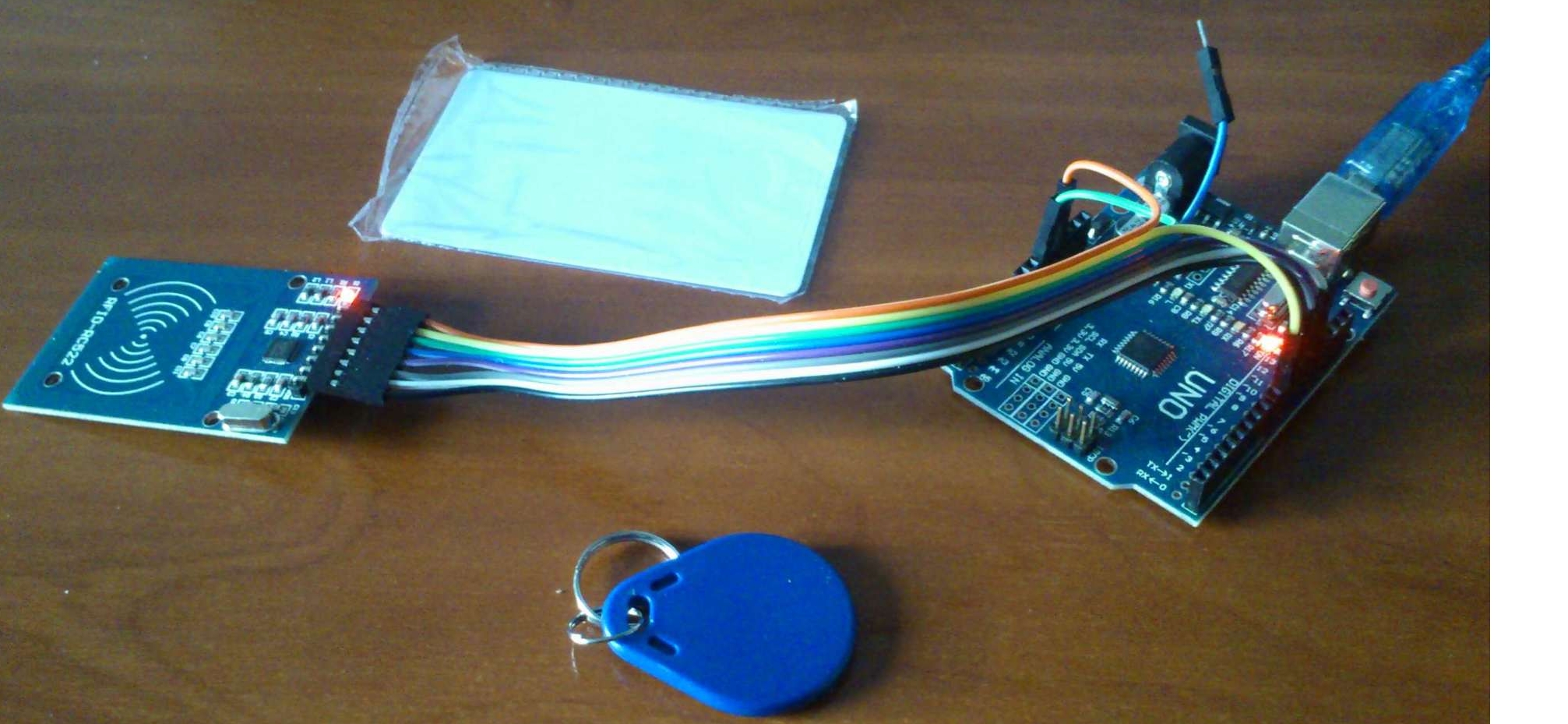Hi I've created a word macro in order to convert doc to txt via the command line, this works fine via the command line by myself or another user but when I try as an the intersystems user which runs under LocalSystem it doesn't work.
So can I change the user, or set the $ZF to run as a different user?
Or do I have to try another way to convert doc to txt - it's looking like libreOffice?
I just wanted to stick with word because I could be guaranteed on the result being accurate.
Thanks
Regards
Richard


 In the
In the